The Mecklenburg-based propeller producer MMG makes energy efficient ship drives. Managing Director Lars Greitsch talks about failures, obligations and the advantages of his innovative drive technology.
About Mr Greitsch

Dr Greitsch is the Managing Director of Mecklenburger Metallguss GmbH in Waren (Müritz). The long-standing company with its 200 employees is specialised in fuel-saving ship propulsion systems and is a member of GeMaX (German Maritime Export Initiative).
Learn moreShipping has earned itself a bad name as the perpetrator of environmental damage. Smoking funnels release huge amounts of pollutants into the air for all to see. Do we need an ocean-going Tesla, Dr Greitsch?
I don't think we can expect to see the development of an electric drive for large ships in the near future. We would have to have solar panels on board that are so efficient that they can supply the entire energy requirements of the ship. But the surface area is not large enough for this. Also, solar panels are dependent on the amount of sunlight and cloud cover, which is simply not feasible.
So what's the solution? The cargo transported by container ships looks set to increase by another 50 percent by 2030.
First of all we must get something straight: when we talk of CO₂ emissions, a ship that transports 20,000 containers on a single voyage is, by comparison, the means of transport with the lowest emissions per unit and per tonne. With regard to other pollutants, the environmental impact depends to a high degree on which fuel is used.
To date, heavy oil has been the fuel of choice, with the result that less than 20 of the largest ships emit more sulphur oxides than all cars worldwide.
It's true that fuels with relatively high levels of contamination are still used in shipping. However, from 2020, regulations will be in place that limit the sulphur content of fuels to 0.5 per cent. There is also the possibility of treating exhaust emissions – in other words reducing polluants in exhaust gases – as has been common practice in the car industry for decades now.
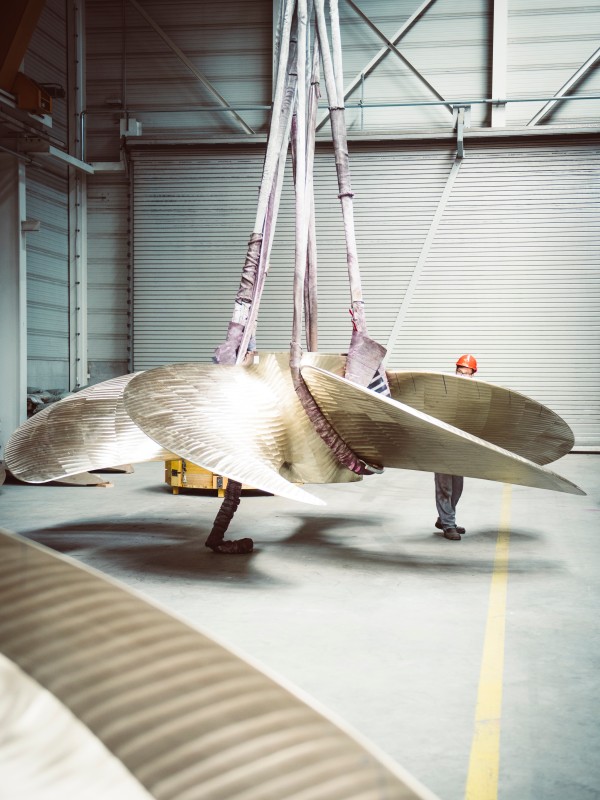
A glimpse inside the workshop
The bronze alloyed copper propellers can weigh up to 80 tonnes.
Shouldn't this have already happened long ago?
In most cases, the action taken only ensured regulations were met but did not surpass them. No sanctions were imposed on those who weren't operating in a green way. On the contrary, shipping is very dependent on the state of the economy and every investment therefore represents a risk. Shipping companies who decide to retrofit their ships to increase energy efficiency must be confident that they will receive enough charter business in the years to come. In the past, it was common for contracts to have terms of several years. These days, some operators are just glad to know that the ship has work for the next 12 months. This insecurity is a hindrance. Some shipping companies have experienced the misfortune of investing in environmental protection without being able to reap the rewards.
To what extent can efficient propulsion systems help reduce fuel consumption?
We have been able to achieve reductions in fuel consumption of five to fifteen per cent in container ships retrofitted with our propellers. In shipbuilding, the challenge each time is to optimise the propeller design even further.
What role does the ship's propeller play in terms of efficiency?
The propeller must first be adapted to the shape of the stern because there is a high degree of interaction between propeller and hull in terms of fluid mechanics.
Leading the way
MMG produces between 60 and 100 copper propellers a year.
So, in other words, turbulence has a braking effect?
That's right. When the ship is in motion, the water flows around it and mingles again at the stern. This flow of water towards the propeller differs from ship to ship. It also changes depending on load and speed. So when we design a propeller we observe what are known as operational profiles. In shipbuilding, these are projections that simulate daily operation. In the case of a retrofit, we evaluate data on how the ship was used up until now. It's a bit like a movement profile: what does the owner do with the ship? How often is the ship used? How fast does it travel? How much cargo does it carry?
How do your engineers use this type of data?
The propeller must satisfy all these factors to the greatest extent possible. It's always a compromise because these are average values representing typical situations. The other important aspect of the design process is the close observation of inflow because the hull shape has a direct impact on the propeller, which is forced to work in these flow conditions. In a ship, engine and propeller depend directly on one another since there is no gearbox and no clutch. This means that the propeller operating in the flow conditions indirectly affects engine speed. If not properly tuned, three to four per cent of efficiency can be lost.
So it would surely be in the interests of shipbuilders and operators to design the ship in cooperation with you?
That is the trend we are now seeing. For many, many years, however, we have been trying to explain the advantages, but to no avail: the ship's design was finalised before we were consulted at a much later date.
Why didn't the situation change before now?
The pressure wasn't really on until now. This was mostly due to low fuel prices. Then there is the question of who ordered the ship and who is subsequently paying for the fuel? Especially where container shipping is concerned, these are two very separate things. Very few ship owners actually operate their ships themselves and therefore pay for the fuel they consume. The shipping company that leases the ship is usually responsible for transportation. On the one hand there is the owner who foots the bill for constructing and fitting out the ship, and then there is the ship operator, on the other hand, who has a vested interest in its energy efficiency.
What made you rethink?
Between 2009 and 2011, the pressure on us sharply increased due to rising fuel prices. We recognised a strong sales argument in our ability to reduce operating costs using relatively simple measures. "Efficiency by MMG" is still our motto today. We have developed additional equipment – in part together with our partners such as Becker Marine Systems in Hamburg – that enables us to achieve a very high overall drive efficiency of 80 per cent.
To date you have retrofitted about 300 ships. How many more ships could benefit from a change of propeller?
We see real potential for a further 300 larger container ships. You must remember, a new ship is in operation for perhaps 30 years, and when it is retrofitted we are talking about another 10 or 15 years in service. That is a long time for a measure which, although it is paid off relatively quickly, benefits the environment to such an extent.
The described project contributes to the following United Nationsʼ Sustainable Development Goals
Goal 8: Promote inclusive and sustainable economic growth, employment and decent work for all
The economic growth of the past decades has come at the expense of natural resources and the global climate, and has long since reached ecological limits. If all people were to be given access to the quality of life that people accept as a matter of course in Germany, several planet Earths would be required to sustain it. Sustainable economic development reconciles social, ecological and economic development goals.

All United Nations member states adopted the 2030 Agenda in 2015. At its heart is a list of 17 goals for sustainable development, known as the Sustainable Development Goals (SDGs). Our world should become a place where people are able to live in peace with each other in ways that are ecologically compatible, socially just, and economically effective.
Source
This article was published in the autumn/winter 2018 issue of CHANCEN magazine entitled ”A better world is possible.“
To German editionPublished on KfW Stories: 26 November 2018.

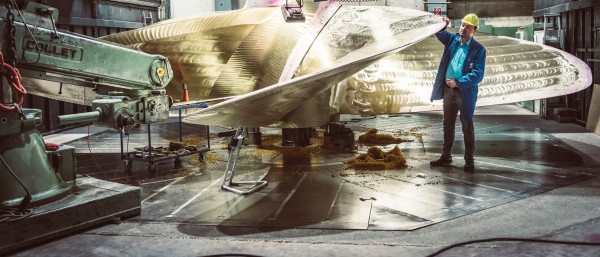




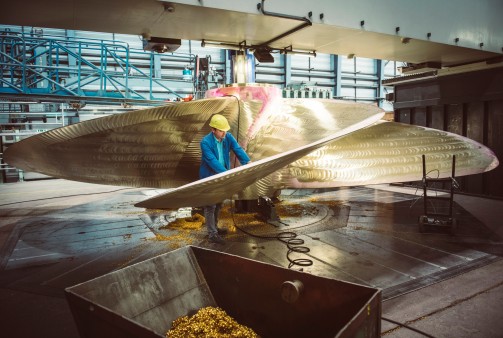








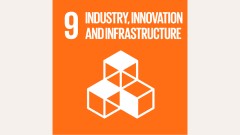

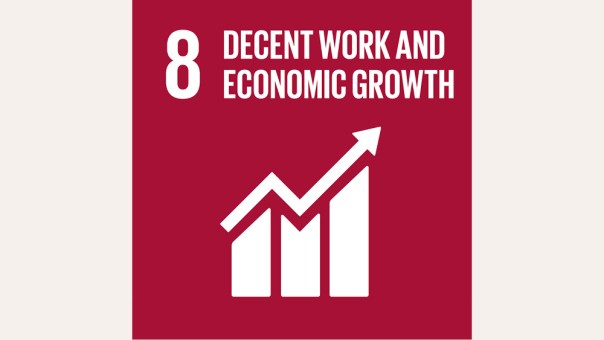
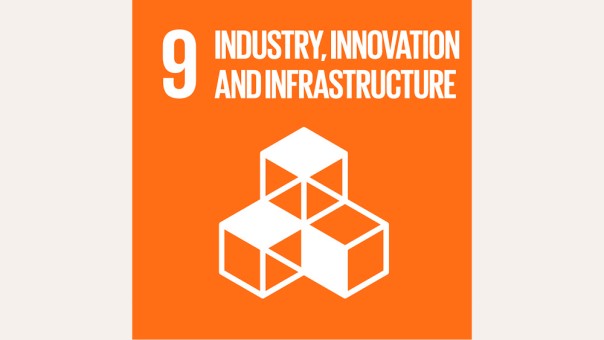

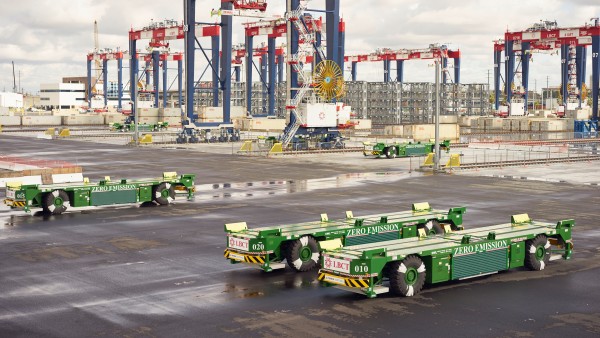
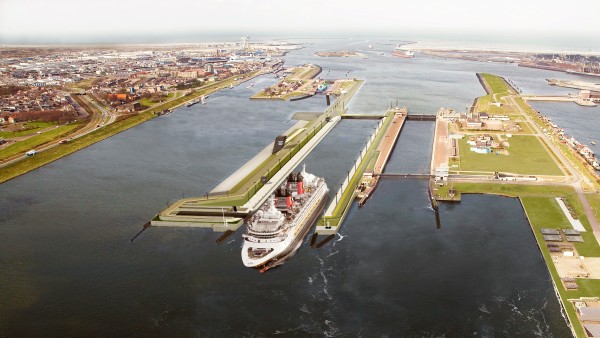
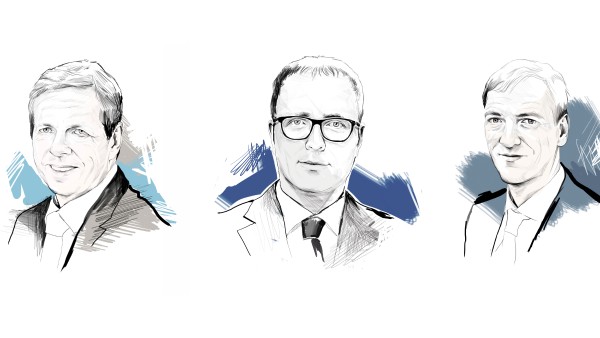
Data protection principles
If you click on one of the following icons, your data will be sent to the corresponding social network.
Privacy information